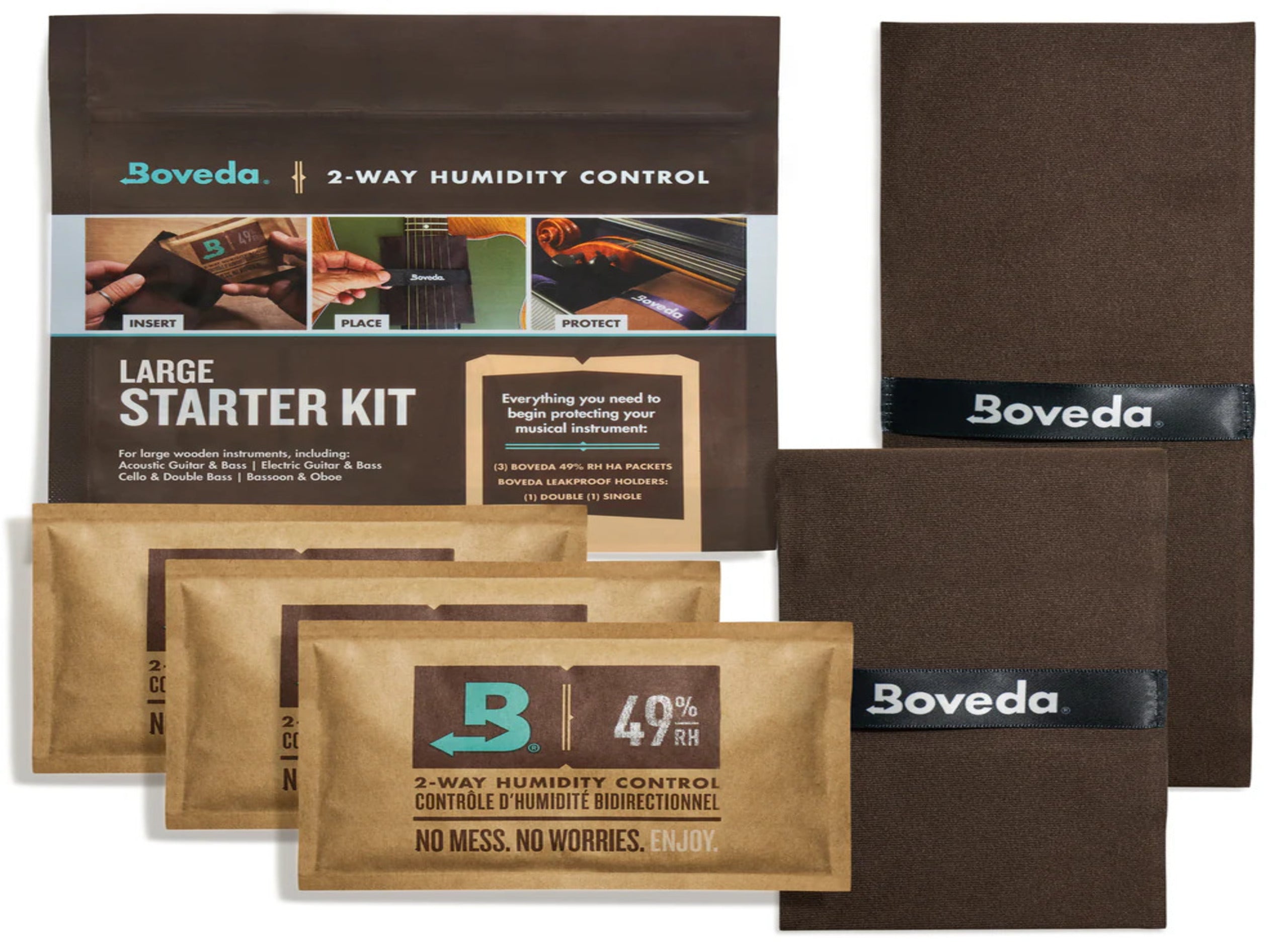Table of Contents
- THC Drug Testing Basics: What You Need to Know
- Carboxy-THC Explained: The Metabolite That Drug Tests Actually Detect
- Testing Methods: How THC and Metabolites Are Measured
- Detection Windows: How Long THC Remains Detectable
- What Can Cause False Positives on THC Tests
- Navigating THC Testing in an Evolving Cannabis Landscape
Understanding THC and Carboxy-THC: What They Mean on a Drug Test
Drug testing for cannabis has become increasingly complex as legalization spreads across states and countries. Despite changing laws, many employers, athletic organizations, and legal entities still conduct THC testing. Understanding what these tests actually measure is crucial for anyone who might face such screening. This guide explains the difference between THC and carboxy-THC on a drug test, how testing works, and what factors influence results.
THC Drug Testing Basics: What You Need to Know
When people refer to a THC drug test, they're typically talking about screening for cannabis use. However, most standard drug tests don't actually detect THC (tetrahydrocannabinol) itself, but rather its metabolites. THC is the primary psychoactive compound in cannabis that produces the characteristic high, but it transforms quickly in the body.
According to our comprehensive guide on THC and drug testing, the body metabolizes THC rapidly after consumption. Within hours, the liver converts THC into several metabolites, with THC-COOH (carboxy-THC) being the primary one targeted by most drug tests.
Carboxy-THC Explained: The Metabolite That Drug Tests Actually Detect
What is carboxy-THC on a drug test? Carboxy-THC (THC-COOH) is the non-psychoactive metabolite formed when your body processes THC. Unlike THC itself, which typically remains in the bloodstream for only a few hours, carboxy-THC can persist in your system for days or weeks, depending on various factors.
This metabolite is fat-soluble, meaning it gets stored in fat cells and releases gradually over time. This is why carboxy-THC becomes the primary target for most cannabis drug tests, as it provides a longer detection window than THC itself.
Why Tests Look for Carboxy-THC Instead of THC
Drug tests focus on carboxy-THC for several practical reasons:
- Longer detection window (days to weeks versus hours)
- More stable compound for testing purposes
- Presence definitively indicates cannabis consumption
- Concentration can help estimate timeframe of use
As our article on THC types and terminology explains, understanding these distinctions helps consumers make informed decisions about cannabis use.
Testing Methods: How THC and Metabolites Are Measured
Different testing methods have varying sensitivity levels and detection windows when it comes to measuring THC and its metabolites. Here's how the most common testing methods work:
Urine Testing
Urine tests are the most common method for THC screening. These tests specifically look for carboxy-THC, not active THC. The standard cutoff level for most urine tests is 50 ng/mL for the initial screening, with confirmation tests using a lower threshold of 15 ng/mL. Urine tests can detect cannabis use from several days to weeks after last consumption, depending on frequency of use.
Blood Testing
Blood tests can detect both active THC and carboxy-THC. However, THC appears in blood tests for a much shorter period, typically only detectable for a few hours up to 1-2 days after use. Blood testing is more common in situations requiring determination of active impairment, such as driving under the influence cases.
Hair Testing
Hair follicle tests can detect carboxy-THC for the longest period, up to 90 days after use. These tests analyze a 1.5-inch segment of hair taken close to the scalp. While highly sensitive, hair tests cannot accurately determine when cannabis was used within that 90-day window.
Saliva Testing
Oral fluid tests primarily detect active THC rather than carboxy-THC. These tests have a shorter detection window, typically 24-72 hours, making them more suitable for detecting recent use or potential impairment.
For those interested in the science behind cannabis testing, we offer specialized testing equipment and supplies for producers who need to verify potency and purity of their products.
Detection Windows: How Long THC Remains Detectable
How long you might test positive for THC depends on multiple factors:
- Frequency of use: Occasional users (once a week or less) might test clean after 3-4 days, while heavy users (daily) may test positive for 30+ days
- Metabolism: Individual metabolic rates affect how quickly THC-COOH is eliminated
- Body fat percentage: Higher body fat means more storage capacity for THC metabolites
- Hydration: Being well-hydrated can help dilute urine concentration
- Exercise: Physical activity can both help and hinder clearing, depending on timing
Measuring THC levels in the body follows different principles than measuring THC in cannabis products. While product testing looks for active compounds, body testing looks for metabolites.
What Can Cause False Positives on THC Tests
What makes you test positive for THC besides cannabis consumption? Several factors can trigger false positives:
Cross-Reactivity with Other Substances
Some medications and supplements can cross-react with THC immunoassay tests, including:
- NSAIDs like ibuprofen (in some older tests)
- Certain antidepressants
- Proton pump inhibitors
- CBD products containing trace THC
- Hemp-derived foods with minimal THC content
Passive Exposure Concerns
Can secondhand smoke cause a positive test? While extreme secondhand exposure theoretically could result in a positive test, most real-world secondhand exposure doesn't provide enough THC to trigger a positive result at standard cutoff levels. However, some THC products like topicals may present unique testing considerations.
Navigating THC Testing in an Evolving Cannabis Landscape
As cannabis legalization expands, testing policies and technologies continue to evolve. Many organizations are reconsidering their approach to cannabis testing, with some focusing more on impairment testing rather than historical use detection.
For those concerned about potential testing, understanding the difference between active THC and carboxy-THC helps explain why detection windows can be so lengthy compared to actual impairment. While THC's effects typically last hours, carboxy-THC can remain detectable for weeks.
The science of how THC works in the body continues to advance, potentially leading to more sophisticated testing methods that better correlate with actual impairment rather than just detecting past use.
As testing technologies and policies continue to develop, staying informed about what THC tests actually measure helps consumers make educated decisions about cannabis use in relation to potential testing situations.











Leave a comment
All comments are moderated before being published.
This site is protected by hCaptcha and the hCaptcha Privacy Policy and Terms of Service apply.